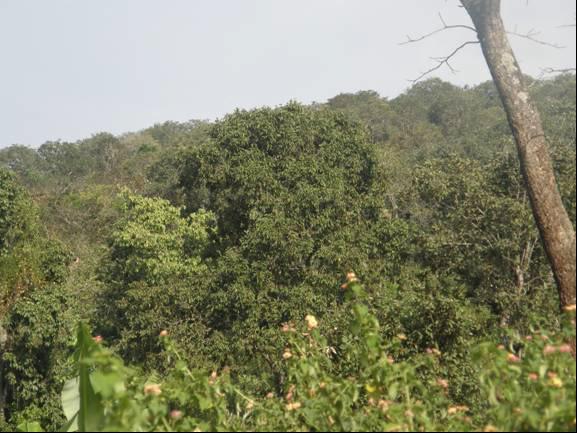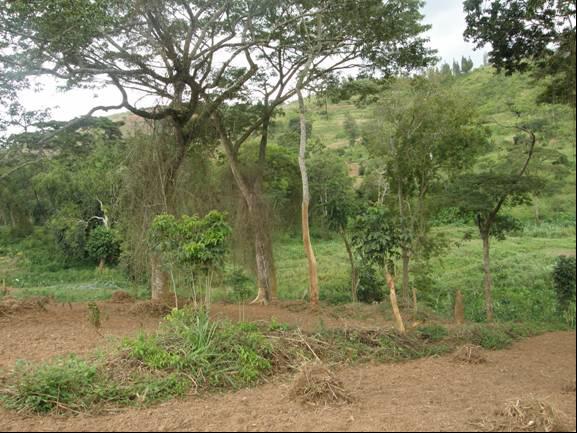Serge Joram Nsengimana
This project was aiming to undertake-a mapping- and an inventory of fauna and flora of gallery forests.

Woodland at Sarambuye.© Ndimukaga Marc
Despite its territorial small size, Rwanda is covered by diversified ecosystems: natural ecosystems consisting of mountain rainforests, gallery forests, savannas, wetlands and aquatic lands and agro-ecosystems that have been altered by man’s activities consisting of afforestation and cultivation. All these ecosystems accommodate a wealth of flora and fauna.

The remnants of Rwakivunji Gallery Forest. ©Ndimukaga Marc
Gallery forests are strips of swampy forests that were extensive in times past. These forests are all found in the eastern part of the country, mainly in the Akagera river-lake system. They comprise four forest blocks: Makera (the most important in the area), Rugomero, Rwakivunji and Sarambuye. In the past, there were six forest blocks, but two of them i.e. Mushikiri-Kigina, Cyunuzi have disappeared. Despite the small size of these gallery forests, they are home to an important biodiversity with endemic and rare species. They are also important water catchments in the area. They control soil erosion, contribute to the favourable micro-climatic conditions and sustain the flow of streams and rivers. They are biologically important because they host endemic species including some species of butterflies. Today, these gallery forests have been reduced through man’s activities: they are facing serious problems of destruction and illegal activities such as poaching, tree cutting for firewood and clearance of land for agriculture.
Because the biodiversity of these forests is not well known, a research team from the Association pour la Conservation de la Nature au Rwanda (ACNR) in partnership with the Rwanda Office of Tourism and National Parks, through Eastern Gallery Forests Conservation Project (EGFCP), a Rufford Small Grants Foundation funded project, undertook a biodiversity survey in Makera, Rugomero, Rwakivunji and Sarambuye gallery forests in February-March 2009.Information from this survey i.e. plants; mammals and birds’ surveys and the location of these gallery forests were provided. In addition, the simple management plan for a sustainable conservation of those forests will be developed.